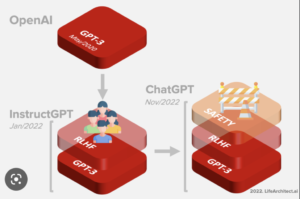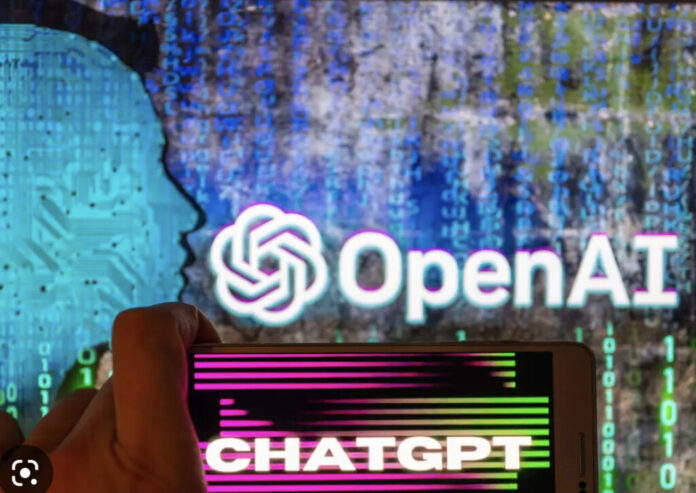Since its initial pre-release in November, Chat GPT is the new craze at Jesuit’s technocratic campus. From conducting state-of-the-art research to supplementing a student’s educational journey, there’s certainly lots to marvel at in the brand new text-to-speech AI machine.
To test Chat GPT’s extraordinary capabilities, I enlisted its help in writing certain sections of this article. See if you can tell the difference between human and AI!
Overview

Chat GPT, short for Generative Pre-trained Transformer, is a state-of-the-art language model developed by OpenAI that uses deep learning algorithms to generate human-like responses to various types of inputs. The model is trained on a large corpus of text data, which allows it to produce insightful and relevant responses to a wide range of topics, making it a powerful tool for various applications.
Educational Benefits
In education, Chat GPT can be used as a learning aid for students of all ages. For example, it can provide students with personalized feedback on their written assignments, helping them to identify areas for improvement and refine their writing skills. The model can also serve as a tutor, answering students’ questions and providing explanations on complex topics. This can help students to better understand course material, as well as provide a more engaging and interactive learning experience. Additionally, Chat GPT can be used to generate practice problems for students to work on, further strengthening their understanding of the material.
Uses in Research

In research, Chat GPT has the potential to revolutionize the way that scientific and academic studies are conducted. For instance, the model can be used to analyze large volumes of text data, such as scientific papers and academic articles, to identify patterns and trends that would be difficult for humans to detect. This can help researchers to gain new insights into their field and make more informed decisions. Additionally, Chat GPT can be used to generate summaries of long and complex documents, making it easier for researchers to quickly comprehend the key points of a study.
The Future of AI

The future of AI is expected to be heavily influenced by Chat GPT and other advanced language models. As the technology continues to improve, these models will become even more sophisticated, allowing them to perform an even wider range of tasks and applications. For example, Chat GPT could be used to generate entire articles, reports, and even books, freeing up more time for researchers and writers to focus on other aspects of their work. Furthermore, the model could be used to create more advanced chatbots, which could provide customer support, answer customer inquiries, and even perform tasks such as booking appointments and placing orders.
Conclusion
Chat GPT is a powerful tool that has the potential to revolutionize the way we learn, research, and think about AI. Its ability to generate human-like responses to a wide range of inputs makes it an ideal tool for a variety of applications, from education to research to customer support. As the technology continues to evolve, it is likely that Chat GPT will play an increasingly important role in shaping the future of AI and the way we interact with technology.
Research Materials
Here are articles I found useful in researching for this article
- “How AI is Revolutionizing Education” by Forbes (https://www.forbes.com/sites/cognitiveworld/2019/08/12/how-ai-is-revolutionizing-education/?sh=55a6de874f23)
- “The Impact of AI in Education” by EdTech Review (https://edtechreview.in/trends-insights/insights/3944-the-impact-of-ai-in-education)
- “The Use of AI in Scientific Research” by ScienceDirect (https://www.sciencedirect.com/science/article/pii/S0167739X20300704)
- “How AI is Transforming Scientific Research” by MIT Technology Review (https://www.technologyreview.com/2020/08/03/1006368/how-ai-is-transforming-scientific-research/)
Stay Tuned for more radical AI articles!






